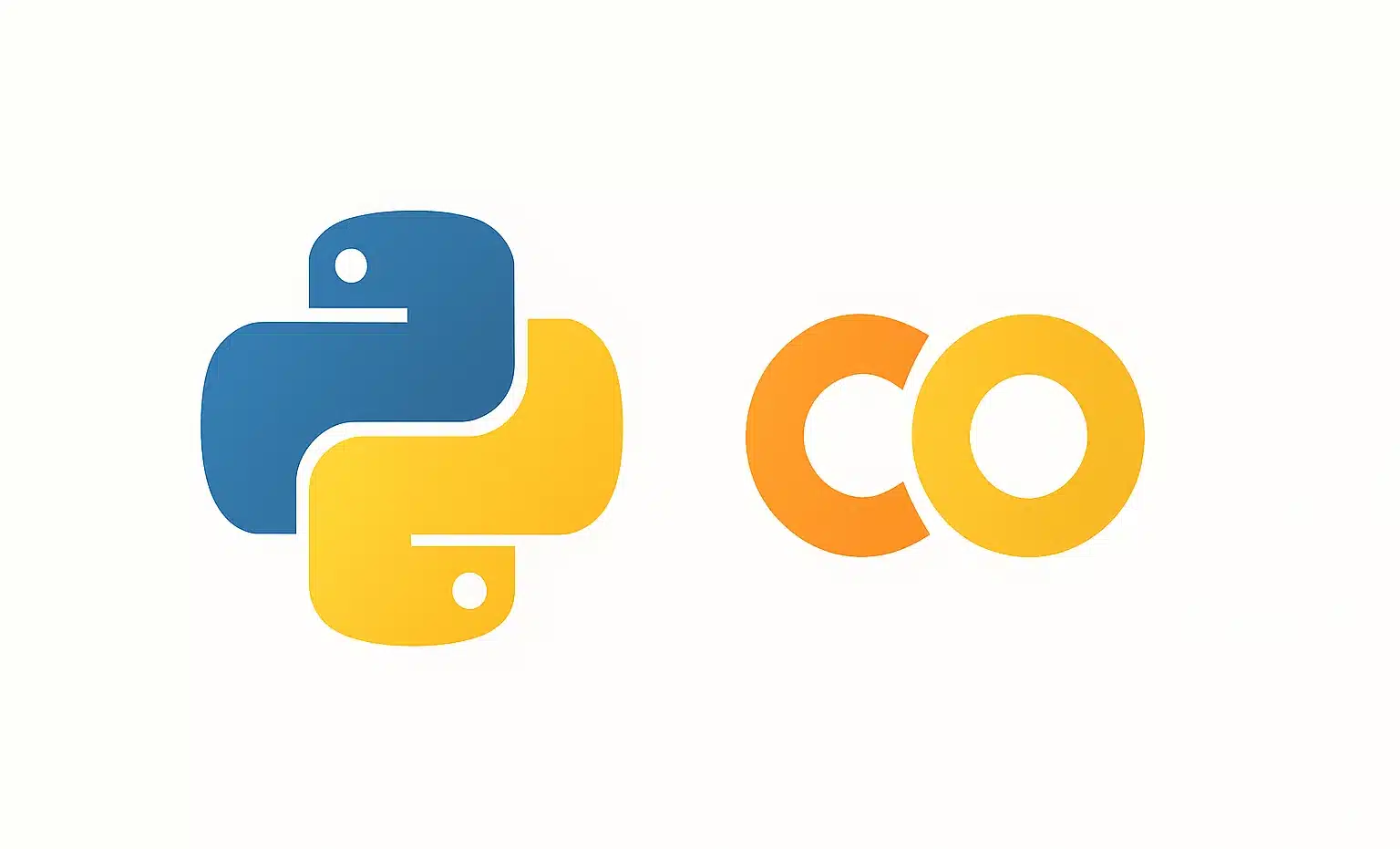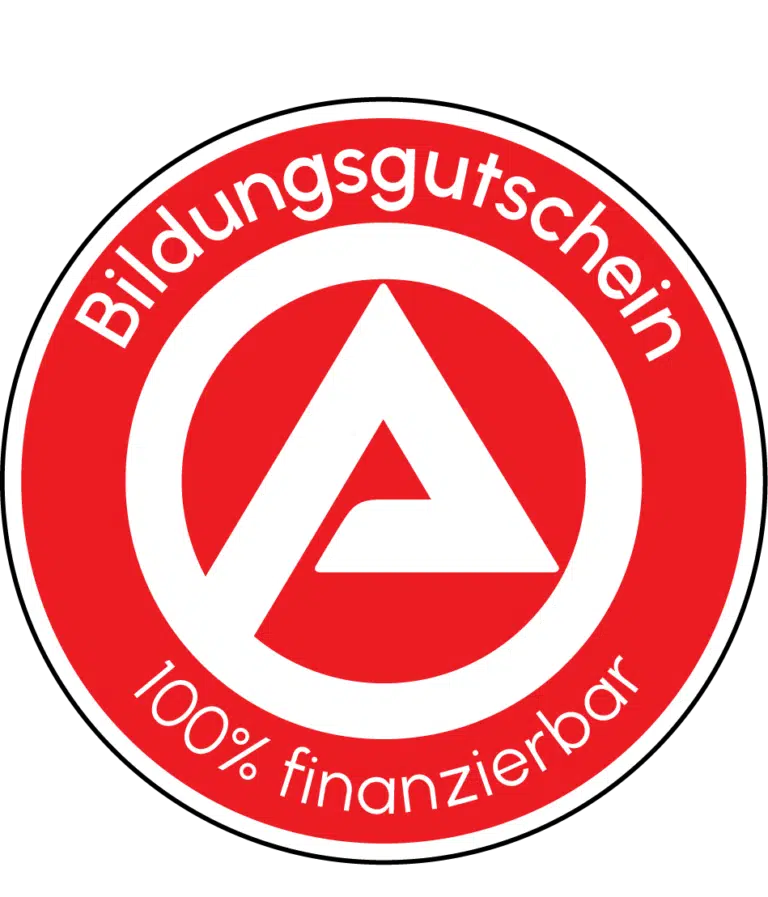In a digital ecosystem characterized by digital transformation, the performance, scalability, and maintainability of applications and web platforms depend on a well-conceived technological architecture: the tech stack.
Often called the “tech stack” or “technology stack,” it comprises the complete set of technologies – programming languages, frameworks, databases, and infrastructure tools – orchestrated by developers to design, deploy, and operate a software solution. A thorough understanding of its makeup and function is vital for any organization aiming for operational excellence and innovation.
What is a Tech Stack?
A tech stack extends far beyond a simple list of software. It is a combination of interdependent technologies selected for their synergy to offer a comprehensive and efficient solution. It is usually organized around two main components: the front-end (user interface) and the back-end (server logic). The front-end, visible to the user, is typically developed using technologies like HTML, CSS, and JavaScript, along with their respective frameworks. The back-end is the core component – although not visible to the end-user – that handles business logic, complex operations, database management, and APIs. It is the domain of programming languages such as Python, Java, Ruby, PHP, or Node.js, commonly supported by robust frameworks that structure and expedite server-side development.
Selecting a specific tech stack is a crucial decision. It directly affects development speed, application scalability, security level, maintenance ease, and consequently, long-term operational costs. A well-chosen technology stack enhances agility, simplifies the integration of new features, and ensures a high-quality user experience. It is also a draw for talent, as engineers often seek modern, stimulating technological environments. Many of these components are open-source, offering increased flexibility and support from vast communities.

Exploration of Tech Stack Archetypes
It’s important to note that there is no universal tech stack. The best choice is linked to the specific project requirements, the team’s expertise, and strategic goals. Here are some examples of iconic tech stacks:
- LAMP (Linux, Apache, MySQL, PHP/Perl/Python): This acronym represents one of the pioneering and most reliable stacks, entirely composed of open-source elements. It is renowned for its stability and large user base. Many content management systems (CMS), like WordPress, rely on a LAMP-type infrastructure.
- MEAN (MongoDB, Express.js, Angular, Node.js): A modern and popular stack, entirely based on JavaScript, from front-end to back-end. Node.js allows JavaScript execution on the server side; Express.js is a minimalist and flexible back-end framework; MongoDB is a document-oriented NoSQL database; and Angular is a comprehensive front-end framework for dynamic web applications.
- MERN (MongoDB, Express.js, React, Node.js): Very similar to the MEAN stack, it replaces Angular with React for building the user interface. React, a JavaScript library developed by Facebook, is favored for its component-based approach and rich ecosystem.
- Ruby on Rails (RoR): More than a stack, Ruby on Rails is an influential web development framework written in Ruby. It advocates principles such as “Convention over Configuration” (CoC) and “Don’t Repeat Yourself” (DRY). A typical stack integrating RoR might include PostgreSQL as the database management system, Nginx as the web server, operating within a Linux environment.
- Microservices and Cloud-Native Oriented Stacks: With the rise of cloud computing and microservices architectures, stacks tend toward greater modularity. They may incorporate technologies such as Docker for containerization, Kubernetes for container orchestration, languages like Go or Python for developing individual services, or a diverse data ecosystem with different databases (SQL, NoSQL) tailored to specific needs.

Criteria for Selecting a Relevant Tech Stack
Choosing a tech stack is a strategic decision that must consider multiple interdependent factors. Firstly, the nature and complexity of the project often determine the initial directions: a simple web application will not demand the same as a high-traffic e-commerce platform or a large-scale data analysis system. Next, the required scalability is crucial; the architecture must be capable of evolving to support increases in user numbers or workload.
The existing skills within the development team are also a pragmatic factor, as leveraging internal expertise is often more efficient. It’s essential to consider the total cost of ownership, including potential licenses (although many technologies are open-source) and infrastructure costs. The strength of the community and the richness of the ecosystem surrounding a technology provide better support, an abundance of libraries, and sustainable evolution. Finally, the inherent security aspects of the chosen programming languages and frameworks should never be overlooked.
In conclusion, the tech stack is the backbone of any ambitious digital project. Its informed selection is a prerequisite for success, allowing for the construction of robust, efficient, and scalable solutions. For professionals, companies, and all actors in the technological ecosystem, a deep understanding of these architectures is essential for successfully navigating digital transformation and fostering a sustainable culture of innovation. A relevant technological choice today is a strategic investment for the future.











